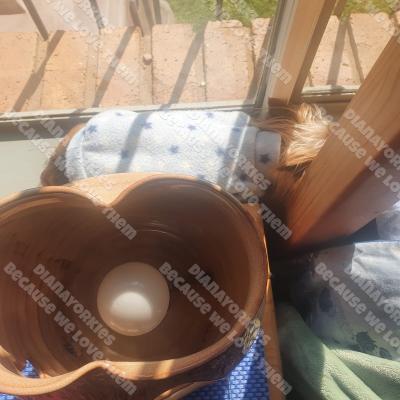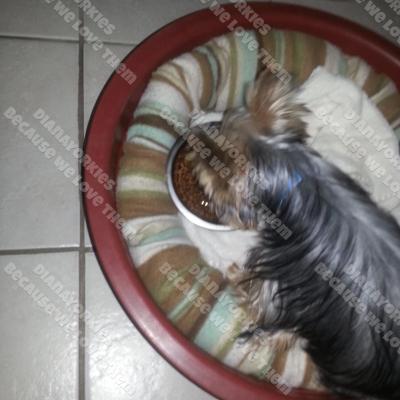Nail maintenance is an important part of your pup’s health and hygiene,
so it’s worthwhile getting them accustomed to the procedure as soon as they land in your care.
Why should you trim your dog's nails?
The benefits of proper nail maintenance extend far further than cosmetic; if your dog’s nails are splayed and overgrown it can cause discomfort for them at best and deformed joints and feet at worst. Unclipped nails can cause a dog to put more weight on their rear paws, resulting in anatomical and musculoskeletal problems for them, which have the potential to cause long lasting damage.
Canine nail anatomy
Dog paws are complex structures made up of many bones, ligaments, tendons and fibres working in conjunction with one another to enable our furry friends to be agile on their feet. They have nails that extend away from the body, allowing them more precision when walking, running, digging and grooming. In addition to these functions, a dog’s foot also has a myriad of other uses, you might not immediately think of. The foot is responsible for temperature control and helps the dog to traverse a range of different surfaces and terrains, both hot and cold, barefoot!
Dogs nails are both robust and delicate in equal measure, which is why they should be treated with extra care. Much like humans, canine nails are made of a tough material called keratin, but in addition to the fibrous keratin outer layer, the nail also consists of an inner called ‘the quick’. This is made up of many sensitive nerves and blood vessels, making cutting dogs nails correctly more challenging, as getting it wrong can cause them pain and bleeding.
How long should a dog’s nails be? Signs your dog’s nails may need cutting.
Like ours, dog nails grow constantly, the amount of clipping needed depends largely on the breed of your dog and their activity levels. Many dogs will wear their nails down naturally as they walk on hard concrete surfaces. If your pooch’s activity levels have declined as they have aged, or they have an injury preventing them from being as active as they usually would be, overgrown nails can quickly become an issue.
A good rule of thumb is that you shouldn’t be able to hear your dogs paws making loud sounds as they walk on hard flooring. The claws should not protrude far over the pad and there should be a small gap between the nail and the floor when they are stood upright. Healthy nails shouldn’t split, look rough or break easily.
How to cut your dog’s nails?
Positive association to nail trimming is key to getting your dog to cooperate. The alien tools, and the fact that you are essentially getting up close and personal with a very sensitive body part of theirs, can cause dogs to absolutely hate this procedure. Not ideal when you need them to be still so you can be precise.
A few days before trimming, try touching your pooch’s feet more often, get them to give you their paw in return for a treat, show them the clippers and tools to get them used to them before going straight in and clipping. This will help them be more familiar with having their paws touched.
A dogs nail consist of an outer shell which is comprised of dead cells (like our finger nails).

The outer shell (a hard material) protects the soft tissue - the blood supply, called the kwick. If your dog has light coloured nails you can usually see the quick through the nail shell. This makes it easy to see where you need to cut the dogs nail…just below the kwick.
If your dog has dark colour nails and you are uncertain as to where to clip the nail…look underneath the nail. You will see that the nail looks solid (completely filled in) from underneath - up to a point. After that the nail appears hollow - all you see is the nail shell - no fill (no kwick). By taking a look at the nail from underneath you can see where to cut. Until you have more confidence cutting your dogs nails, just clip a little off the end. Once you gain confidence you can clip a little more of the shell.
















